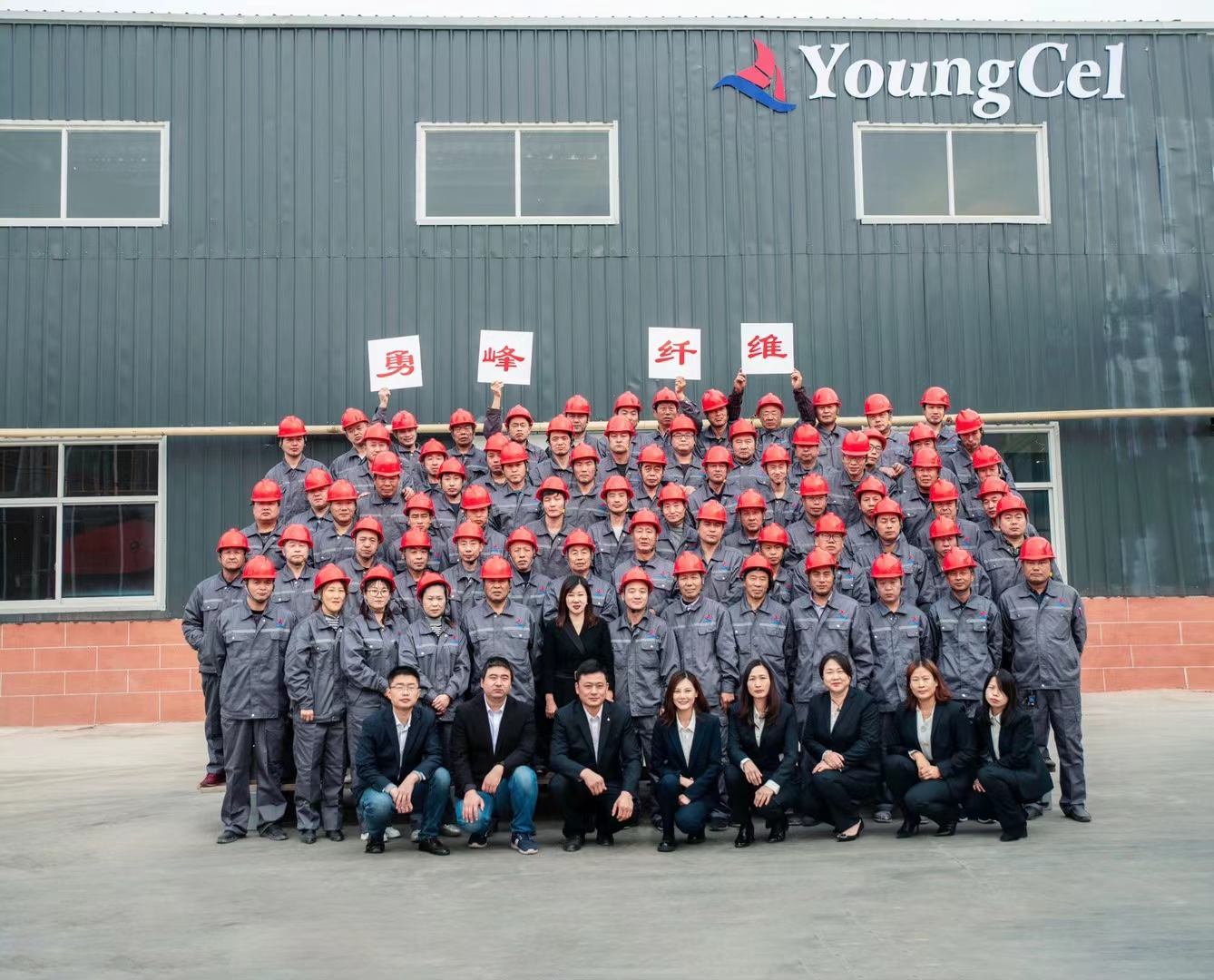Understanding Construction Grade VAE and RDP A Comprehensive Overview
In recent years, the construction industry has increasingly adopted various innovative materials and methods to enhance the durability and performance of buildings. Among these developments are the use of Vinyl Acetate Ethylene (VAE) copolymers and Redispersible Polymer Powder (RDP). This article aims to provide a clear understanding of construction-grade VAE and RDP and their significance in modern construction.
What is Construction Grade VAE?
Vinyl Acetate Ethylene (VAE) is a type of copolymer that is created through the polymerization of vinyl acetate and ethylene. Construction grade VAE specifically refers to the formulations tailored for building applications. It is widely recognized for its excellent adhesion properties, flexibility, and water resistance. These traits make it an ideal component in various construction materials, including adhesives, sealants, and coatings.
The advantages of using construction grade VAE in building materials are significant. For instance, it enhances the mechanical strength of mortars and cement-based products, allowing them to withstand the rigors of environmental exposure. Additionally, VAE provides excellent film-forming properties, contributing to better surface finishes and aesthetics in construction projects.
The Role of RDP in Construction
Redispersible Polymer Powder (RDP) is another essential material used in the construction industry. RDPs are dry powders that can be redispersed in water to form an emulsion. They are obtained from various polymer systems, including VAE. When added to cementitious materials, RDPs offer improved flexibility, adhesion, and water resistance.
construction grade vae rdp

The introduction of RDP into construction materials enhances the performance characteristics of formulations such as tile adhesives, renders, and repair mortars. RDPs assist in enhancing the workability of these products, making them easier to apply and manipulate. Furthermore, they contribute to the long-term durability of structures, as RDP-modified products are better equipped to handle movement and stress without cracking.
Applications in Construction
The combination of construction grade VAE and RDP has revolutionized several areas within the construction field. For instance, in tile adhesives, the combination significantly improves adhesion to various substrates, allowing for tiles to be installed securely and with reduced risks of failure. In exterior wall coatings and finishes, these materials enhance flexibility and resistance to weather conditions, promoting longer-lasting protection for structures.
Another noteworthy application is in self-leveling compounds. Here, VAE and RDP work together to enable smoother finishes while preventing cracking and providing good bonding to existing substrates. The versatility of these materials allows for innovation in creating high-performance industrial flooring and decorative surfaces.
Conclusion
The utilization of construction grade VAE and RDP is pivotal to advancing construction techniques and materials that meet the demands of modern building practices. As the industry continues to evolve, it is essential to recognize the critical role these materials play in enhancing durability, flexibility, and overall performance. The synergy between construction grade VAE and RDP exemplifies how modern chemistry can create solutions that not only meet but exceed the challenges faced in construction, leading to safer, more sustainable, and longer-lasting structures. Whether dealing with residential homes or large commercial projects, the integration of these advanced materials will undoubtedly contribute to the future of construction.




